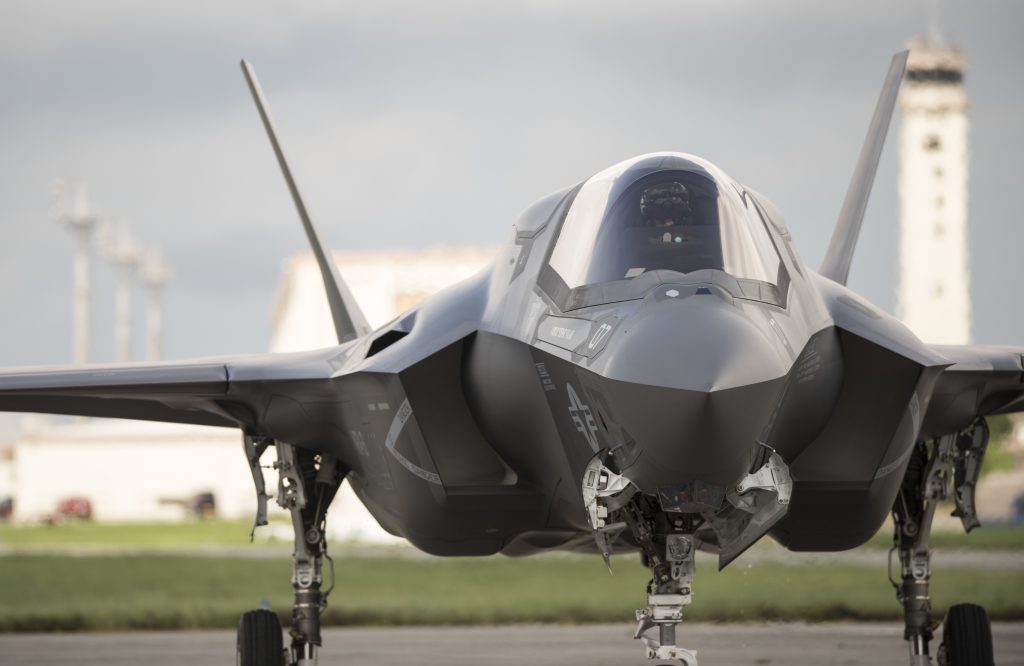
U.S. GOVERNMENT TECHNOLOGY TRANSFER FOR FOREIGN OWNED COMPANIES
Within the federal ecosystem of technology transfer the Office of Research and Technology Applications (ORTA) is the organizational structure set up in United States federal laboratories through the Stevenson-Wydler Technology Innovation Act of 1980. The acronym „ORTA“ has evolved to refer to those who perform the functions of the ORTA organization. By law, the ORTA must be staffed by at least one full-time person in any laboratory with two hundred or more scientific, engineering, or related technical positions, to coordinate and promote technology transfer.
Important institutions
Now that we have determined who the main players are for the purposes of this article, there are a few things that will clarify what these offices do, and how to interact with them. In addition, we will summarize what the Defense Technology Transfer Information System, (DTTIS) is and how this innovative platform ties everything together. Or at least that is the hope!
Within this lifecycle the Office of Naval Research Technology Transfer is dedicated to these steps, some more than others. Ultimately, the insertion of innovative technologies for public use and economic growth is the goal, and as such ONR is required to complete an annual report of technology transfer activities, as is the Air Force Research Laboratory and all federally funded research laboratories. Technologies must also meet a mission need of the federal branch, say Army or Navy mission needs. Bar none, the one federal agency that has the best marketing and technology transfer success is NASA. They are world renowned and often imitated for their innovative technology concepts like Technical Readiness Level, TRL. (BTW one thing if you are going to learn about American government technology transfer, learn the acronyms! It is like another language.)
About federal lab commercialization success stories, consider this. Have you ever seen chemiluminescent sticks, of course you have! Glow sticks were developed at the Naval Weapons Station at China Lake, California. (This is where I first learned about technology transfer. Now this basic technology is being advanced. www.battlesighttech.com All from the chemiluminescent mind of Dr. Edwin Chandross. He was intrigued by the chemical reaction that emitted light but no heat!
Useful cooperation Tips using a CRADA
How to collaborate with U.S. Federal Laboratories? Third-party collaboration is welcomed and has a review process. The industry/academic partner can be an individual, a university, or a business. The most popular contract vehicle for third party collaboration is a Cooperative Research And Development Agreement, or a CRADA. CRADA’s are initiated by either a scientist or engineer working at a federal laboratory, an inquiry from the third-party collaborator or the ORTA. Oftentimes relationships between scientists in different organizations prompt collaboration. Once the potential collaborator is at the ORTA there is a process before the CRADA is executed.
If there is a company that would like to cooperate with a federal laboratory that falls under Foreign Ownership, Control, or Interest (FOCI) and export control category there is a thorough process which is demonstrated in the graphic. CRADA will include collaboration, lab use, however no money is exchanged.
Now how does the Defense Technology Transfer Information System come into play? The system was developed by NASA for AFRL and to a certain extent based on NASA’s National Technology Transfer System (NTTS). The platform architecture is completed and is currently being enhanced by ONR and AFRL. It will eventually include the participation of all ORTA’s and federal labs and be uploaded with multiple databases.
“The Defense Technology Transfer Information System (DTTIS) is AFRL’s enterprise data system that identifies, and tracks technologies developed by the Air Force. Once new technologies are identified in DTTIS, the system is used to track the progress of the technologies as they move through the technology transfer pipeline. DTTIS supports various technology transfer activities including reporting new technologies, technology evaluation, tracking intellectual property rights, partnerships, licensing, marketing, and reporting.” AFRL
DTTIS is the one-stop-shop for federal laboratories allowing for a fluid and comprehensive platform to expedite technology transfer activities. The ability for DTTIS to automate workflows to standardize and streamline T2 business rules will result in efficient, standardized process and reduction in errors. The search and reporting engine within DTTIS will also allow for improved visibility and insight into the technology transfer programs.
Arabella Carey Adolffson

As the Chief Executive Officer with DTA in charge of business development and contracts, Adolfsson brings a global reach to her clients. DTA’s numerous clients include academia, R&D institutions and private companies. Adolfsson has a B.S. in Business and Management from the University of Redlands, a Global Bio-Executive Certificate from the Haas School of Business at the University of California Berkeley. She attended schools in Mexico and France, is bilingual and loves deep sea fishing.
 EN
EN